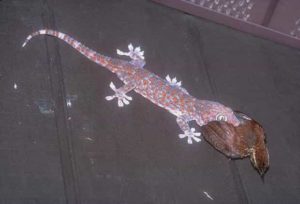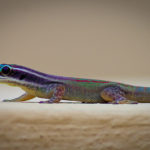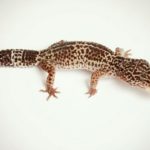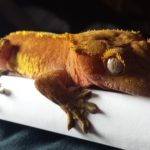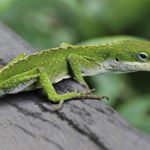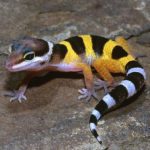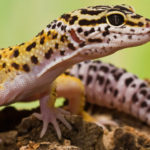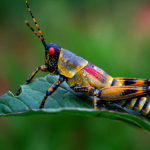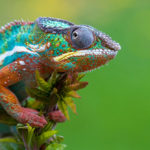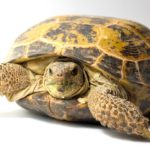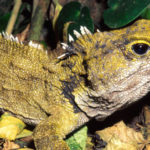Facts about geckos
 Geckos is a vast family of very interesting small and medium sized lizards, which are divided into three subfamilies, which include a total of about 80 genera and more than 900 species.
Geckos is a vast family of very interesting small and medium sized lizards, which are divided into three subfamilies, which include a total of about 80 genera and more than 900 species.- These amazing reptiles are most common in the tropical climate – Tropical Asia and Indonesia, although they can be found on any continent except Antarctica.
- The very word “gecko” comes from the cry of one of the usual African species.
- The size of the animals varies in length from 10-15 mm to 35 cm or more.
- This oviparous reptiles.
- Most are twilight and night, and some are diurnal.
- Geckos feed on all kinds of insects and small invertebrates, large species often eat small lizards and even nestlings of birds. There are lizards who willingly savor sweet fruits.
- Gentle, easily damaged geckos skin is usually covered with fine granular scales. Only representatives of some genera have tile-like scales that resemble fish.
- And yet these reptiles are interesting, first of all, with their amazing legs, thanks to which the geckos are able to climb a smooth wall at a speed of 1 m per second, climb steep slopes and even run headlong over the ceiling of polished glass.
- A surprising fact: while on the wall, geckos can support the weight of the body with just one paw.
- The secret of sticking geckos has become a topic for many scientific studies.
- The extraordinary ability of geckos has remained a mystery since the time of Aristotle, who observed them as far back as the 4th century BC.
- These lizards can move in this way thanks to a spreading, palm-like foot. On the fingers of the geckos there are small crests covered with thin hairs (bristles). These fingers stick to almost any material (wood, glass, metal, granite) under any conditions (even under vacuum or under water), and the gecko’s fingers never wear out, do not get dirty, and do not stick accidentally to unnecessary places.
- The search for the solution of these amazing abilities took almost 100 years.
- Eventually, scientists discovered that due to the close contact of the bristles on the legs with the surface, the geckos use short-range interactions between the molecules. This force acts only at very small distances (between molecules), when the surfaces as closely as possible approach one another, and sharply decreases with increasing distance between surfaces.
